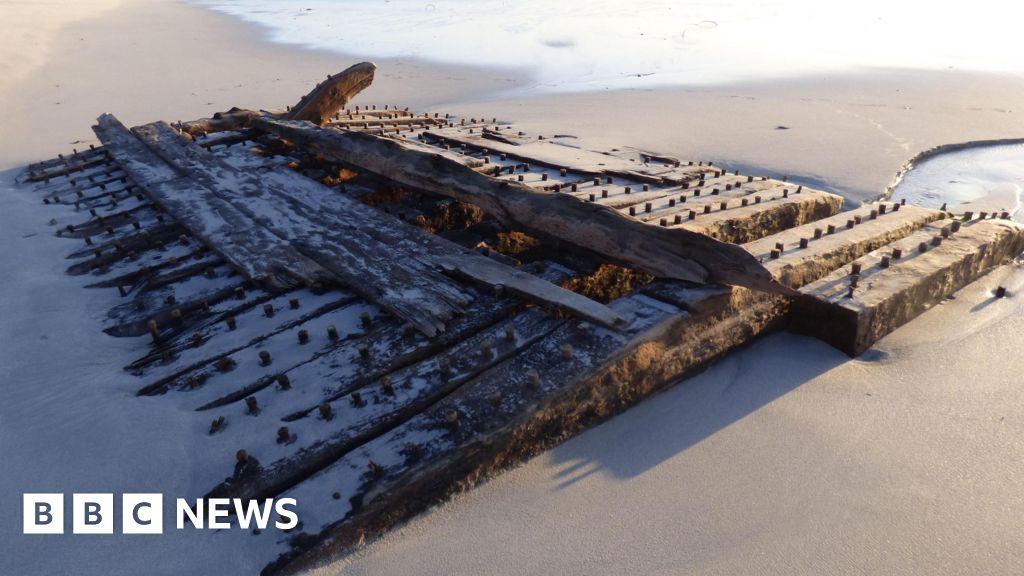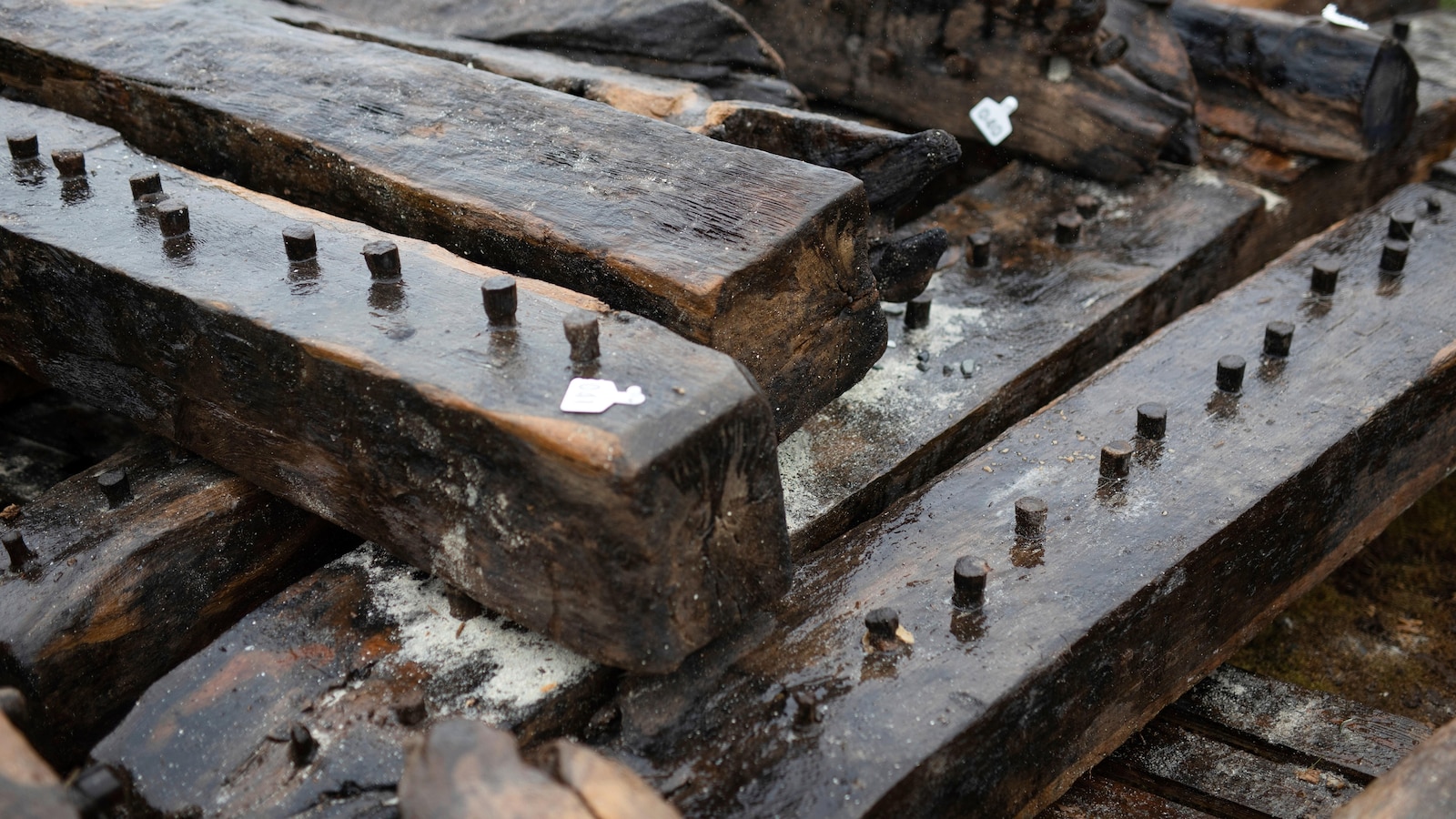In a stunning archaeological reveal, researchers on the remote Scottish island of Sanday have identified a shipwreck believed to be the Earl of Chatham, an 18th-century warship steeped in maritime history. This remarkable discovery is not just a relic of the past but a testament to the seas where it once sailed, having seen action during the American War of Independence before embarking on a second life in whaling. The vessel’s unveiling continues to intrigue historians and locals alike, prompting
Did You Know
The original name of Google was 'Backrub.'
?
AD
questions about its journeys and the stories it carries.
The wreck was initially uncovered last year, sparking interest from both experts and the local community, who participated in a collaborative effort to investigate the site. Utilizing scientific analysis combined with community-led research, archaeologists worked to piece together the ship’s heritage. This collaboration underscores the growing trend of public engagement in archaeological endeavors, allowing residents to connect deeply with their cultural history. As the identity of the vessel emerged, excitement flourished around its significance to Scotland’s naval narrative.
Experts from various institutions are currently examining the wreck to unearth more about its past, including its links to notable events like the siege of Quebec. This exploration not only enriches our understanding of 18th-century naval warfare but also highlights the crucial role that localized research plays in piecing together historical narratives. As the Earl of Chatham emerges from the depths of time, it serves as a poignant reminder of the stories that the ocean conceals and the enduring impact of maritime heritage on our collective memory.
Q&A (Auto-generated by AI)
What caused the shipwreck in the 1700s?
The shipwrecks from the 1700s, such as the Earl of Chatham, often resulted from various factors including naval warfare, severe weather, or navigational errors. The Earl of Chatham, for instance, was active during the American War of Independence and may have faced battles or harsh conditions at sea, which were common for naval vessels of that era.
How do archaeologists identify shipwrecks?
Archaeologists identify shipwrecks through a combination of historical research, local knowledge, and scientific analysis. They often examine artifacts, ship construction techniques, and historical records to match findings with known vessels. In the case of the Earl of Chatham, community-led research played a crucial role in its identification.
What was the role of the Earl of Chatham?
The Earl of Chatham was an 18th-century British warship that served in the Royal Navy. It participated in naval engagements during the American War of Independence, showcasing its role in maritime conflicts of the time. After its military service, it was repurposed for whaling, reflecting the dual nature of naval vessels during that period.
What techniques are used in underwater archaeology?
Underwater archaeology employs various techniques such as remote sensing, diving surveys, and excavation. Divers use tools to carefully uncover artifacts while preserving the site. Technologies like sonar mapping help locate shipwrecks, while conservation methods protect artifacts from deterioration. These techniques are essential for studying submerged historic sites.
What significance do shipwrecks have for history?
Shipwrecks serve as time capsules, preserving artifacts and insights into historical trade, warfare, and daily life. They provide valuable information about shipbuilding techniques, cargo, and even cultural exchanges of the time. Studying these wrecks helps historians understand the socio-economic contexts of past societies.


















